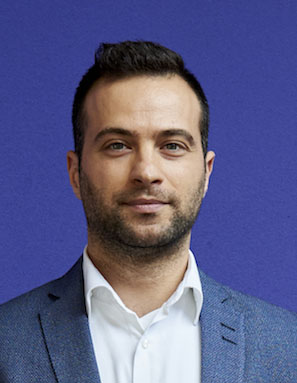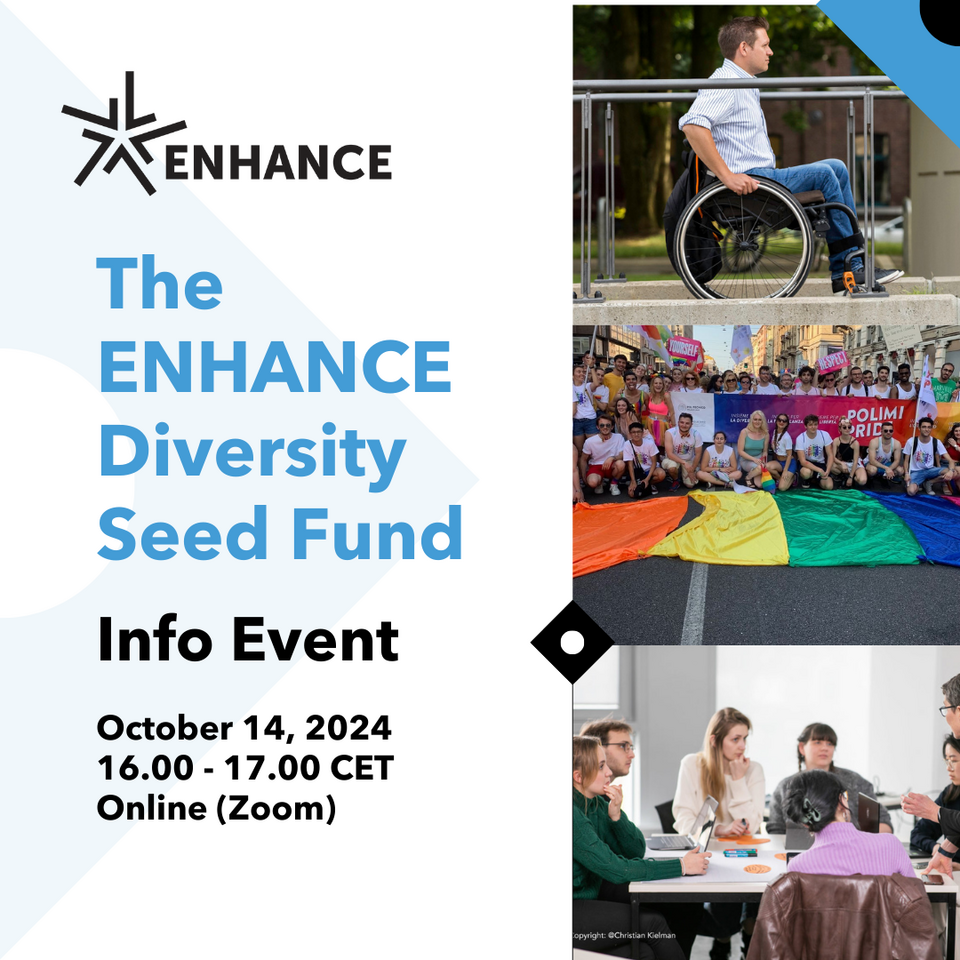The ever challenging fight between strength and weight
Hey guys, Sasha here! When I began working at the Eco-Runner Team, I (as mathematician and physicist) never imagined that some day I would be doing structural analysis. Yet here I am, as Chief Structures, doing the work classically associated with Mechanical and Aerospace engineers. In this blog I shortly would like to tell you what I have actually done in this role over the last period, and how my background in the Applied Maths and Physics Bachelor has played a role in this. As Chief Structures I am responsible for the complete structural integrity of the body of the EcoRunner 9. The challenge is to make the car as light as possible while keeping strong enough. That means accounting for al the possible scenario’s in which forces are applied on the vehicle, and performing simulations to make sure the body is strong enough to withstand the force. An example such a scenario is carrying the vehicle with two people or simply the driver sitting inside. As for how light I am aiming for: About as light as a cat! To perform the necessary simulations, I use FEM software called ‘MSC Patran’ provided to us by InSumma, which together with Solico provide assistance and consulting during the process itself. With that help I am able to perform very accurate analyses of our body and can optimize it for weight. That process consists of three main steps: Firstly, the body has to be translated into the model, after which the possible load scenarios are integrated into the software. The final step is to iterate different structural designs. This in general means changing the type and amount of carbon fibre and honeycomb used. Now, most of the specific knowledge and skills that are required for this job, for example the concepts of stress or FEM analysis, are not discussed in my Bachelors. However, the general knowledge of numerical analysis, modelling and debugging, which I gained especially gained during my Bachelor Applied Mathematics has proven to be of high importance. With that, as well as the skill to find new creative ways to solve problems and understanding connections, I was able to perform the tasks at a high level and able to safe weight compared to the previous design. Looking to the future, I will have to adapt my model a bit to account for the changed rear-suspension design. After this I will create the lamination plan which the Lamination Department will use to produce the body. Then my job is done, and we will be another step closer to the lightest EcoRunner ever produced!






